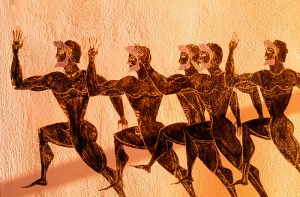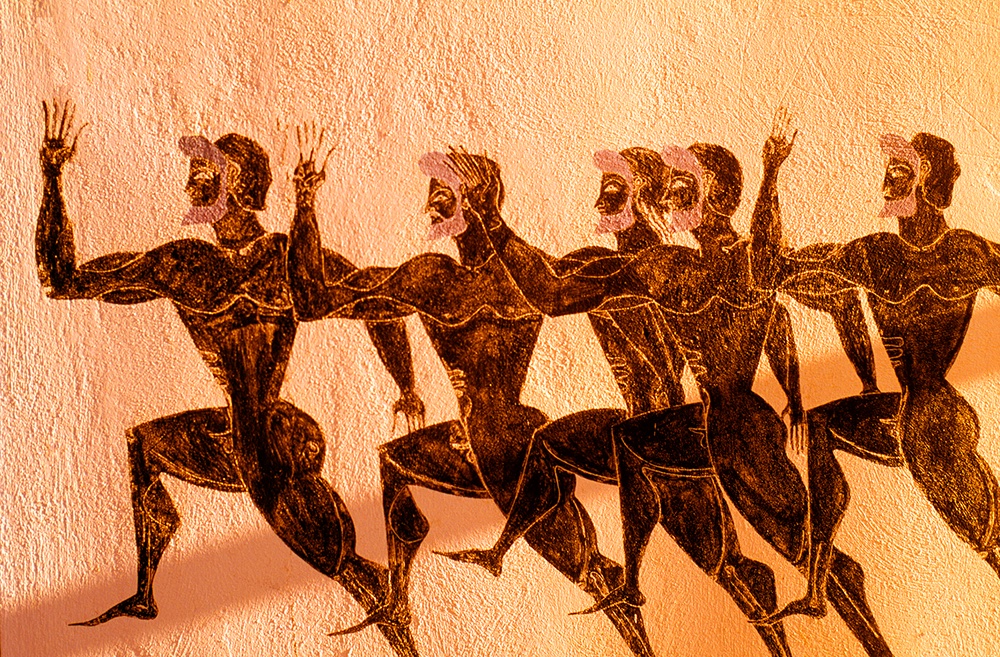Many commentators have criticized the film Gladiator II on technical aspects of the fighting. But there was so much more to gladiators than that.
The gladiator troupes, mostly criminals or enslaved prisoners of war, were housed in cramped cells in secure barracks, made to swear an oath to “be burned by fire, bound in chains, beaten and die by the sword” and then put through the most rigorous training procedures to put on a good show. Their owners wanted to please not only the crowds but also the emperor who saw this as good government — punishing the wicked and thrilling the people all in one go (food for thought?).
Cicero disapproved, but justified it as a fine example of the way to face “pain and death” because how a man died — your choice of death — revealed the true stature of the person. By dying like a soldier in single combat, gladiators who had no other virtus (manliness) to offer, exemplified it in a particularly uncompromising and admirable way.
Seneca (an advisor to Nero) was the first to protest against the whole institution, not on humanitarian grounds but because it brutalized the spectator: in the morning, he said, the gladiators were thrown to the animals, but in the afternoon to the gladiators, figuratively, the spectators. He felt that he went home after the event “more greedy, ambitious, voluptuous, cruel and inhuman’”
However, he admired (as Cicero did) those who, unable to die as they wished, demonstrated contempt for death, like the gladiator who, rather than please the mob, suffocated himself before entering the ring by thrusting down his throat the sponge with which he wiped his bottom, and the barbarian who, instead of joining in a mock sea-battle, killed himself with his spear, saying: “Why on earth did I not long to escape this whole farcical torment? I’m armed. Why wait for death?”
Romans admired suicide because they put a high priority on being in control of their life right up to the moment of death: that was to make “a good end.” Gladiators too could set an example.
This article was originally published in The Spectator’s UK magazine. Subscribe to the World edition here.

























